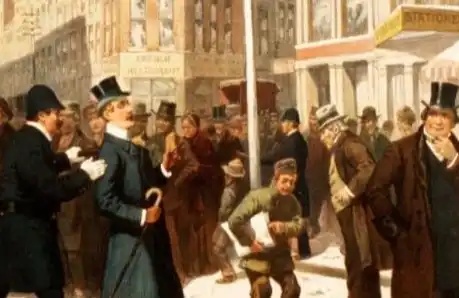Federal Reserve Policymakers' Recent Interest Rate Views Show "Trichotomy," with Chair Powell Taking a Dovish Stance

BlockBeats News, October 30th: The recent interest rate views of the Federal Reserve's voting members this year have shown "three-way differentiation," as follows:
Advocating for a Significant Rate Cut
1. Federal Reserve Governor Milan: Supports a 50-basis-point rate cut in October. It sounds realistic to cut rates twice more this year. The difference in policy views with colleagues is more based on the speed of rate cuts rather than the ultimate goal of rate cuts.
Dovish
1. Federal Reserve Chair Powell: Money market liquidity is gradually tightening, and the balance sheet reduction may be nearing its end in the coming months; recent economic activity data has been stronger than expected, with increased downside risks to the labor market. Acting too slowly could suppress employment, while acting too fast could jeopardize the anti-inflation task.
2. Federal Reserve Governor Wall: Supports a 25-basis-point rate cut in October. Officials can gradually ease monetary policy by cutting rates by 25 basis points each time to support the weak labor market. Rate cuts are needed, but cautiously so.
3. Federal Reserve Governor Bowman: Continues to expect two more rate cuts by the end of the year. As long as the labor market and other economic data develop in the direction I expect, we will continue along the path of lowering the federal funds rate.
4. Federal Reserve's Collins: Given the reduced inflation risk and concerns about the labor market, further rate cuts seem "cautious," and a 25-basis-point rate cut may be appropriate.
5. Federal Reserve's Williams: Supports further rate cuts this year, even though the inflation rate has deviated from the central bank's 2% target in recent months. Rate cuts are intended to prevent further fissures in the labor market.
Hawkish
1. Federal Reserve Vice Chair Jefferson: Risks to the inflation and employment targets require caution.
2. Federal Reserve Governor Barr: The Fed should exercise caution in further rate cuts; the current rates are mildly restrictive, and tariff actions pose risks to inflation, while a fundamentally balanced labor market has underlying vulnerabilities.
3. Federal Reserve's Mester: Is skeptical about further rate cuts. Concerns about risks in the labor market have increased. Supports a 25-basis-point rate cut in September, but due to the inflation rate being nearly one percentage point above the Fed's 2% target, further rate cuts could imply overconfidence in price increases.
4. Federal Reserve's Schmidt: Leans toward not further cutting rates. When the Fed seeks a balance between the dual risks of policy being too tight or too loose, it should continue to focus on the risk of high inflation.
5. Federal Reserve's Gursky: Holds a cautious stance on significantly cutting rates preemptively, not expecting inflation to recede on its own. Seeing both aspects of the Fed's dual mandate deteriorating. (Jin10)








 Forum
Forum Finance
Finance
 Specials
Specials
 On-chain Eco
On-chain Eco
 Entry
Entry
 Podcasts
Podcasts
 Activities
Activities
 OPRR
OPRR




